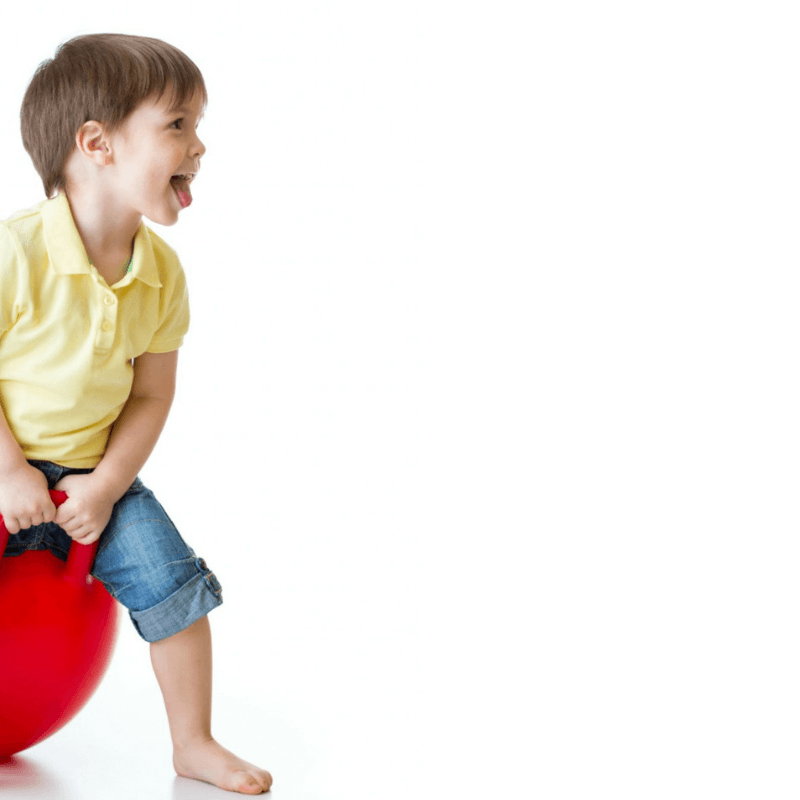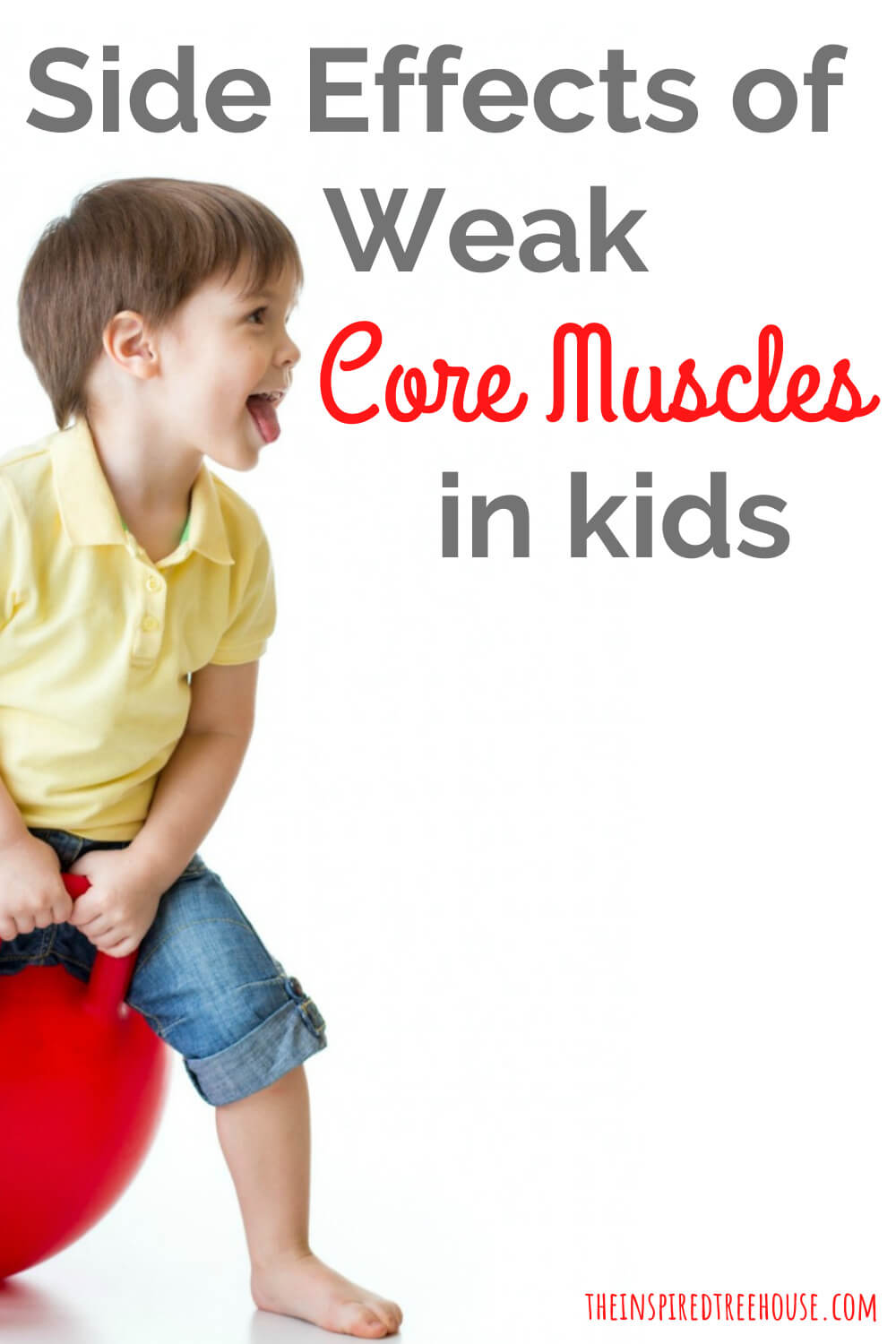What happens when kids have weak core muscles? They compensate! Learn more about different “fixes” for a weak core.
We’ve talked a lot about core strength at The Inspired Treehouse in recent months. From posture to developmental skill progression to creative exercises to target core strength, we have provided you with hoards of information to think about. We even wrote a book about it! (Check out The Core Strengthening Handbook here!)
Today, we are going to get a little more technical. Because we are pediatric occupational and physical therapists, we understand the mechanics of how the core muscles work to provide kids with the foundation they need to have control over their bodies.
Sometimes, when this core foundation isn’t there, other muscles groups take over to try to compensate and take on the workload of stabilizing your child’s body. In the therapy world, we call these “fixes”.
What are some common “fixes” for a weak core?
Tight Hamstrings
Core muscles attach to the pelvis and, guess what? So do the hamstrings. When a child walks or runs, the pelvis needs to be stable to provide a platform under which the legs can move.
If the pelvis is unsteady, injuries to the lower back and hamstrings can occur. Medically, the muscle balance that supports the pelvis is called the kinetic chair. Good strong core muscles are vital for maintaining that pelvic stability.
If the core muscles aren’t doing their job, the hamstrings will kick in to compensate, providing more stability to the pelvis. When the hamstrings take on this extra load, they may tighten. You may notice a child sitting in a chair with their pelvis slumped way down in the chair, back rounded. This probably has a lot to do with tight hamstrings related to that very weak core!
Open Mouth or Gritted Teeth
When the going gets tough, kids quickly learn to hang onto anything they can for support. I often observe kids trying to dribble a basketball with their mouths hanging wide or their tongues hanging out.
Sure, this can be a sign of intense concentration but the oral muscles are tiny, easy to control and often very strong, so kids tend to use them to compensate for weak core muscles.
Elevated Shoulders
Think about all the days you spend hunched over your computer and the resulting headache that, most likely, is related to muscle tension through your shoulders. I am willing to bet that if you had sat in your chair in an ergonomically correct position with your pelvis aligned under you and your abdominal muscles tight, you wouldn’t experience as much discomfort.
Well, the same goes for your kiddo! She is spending hours every day in a chair at school. If her core is weak and she is already slouching, she is going to try to fix her posture by picking herself up with those shoulder muscles. She may complain of a sore neck or a headache, she may not complain at all. But you may notice that she always looks a bit tense!
Click here to find all of our best core strengthening activities for kids in one place!
These muscles are not meant to do the work of the strong core group so they fatigue quickly and your child will be left looking as if they have melted into their chair with their head on their desk.
Trying to undo some of these fixes without targeting the core muscles first will be counterproductive. Your child will find another place to fix their body to compensate if the core muscles aren’t strengthened!
So, what’s the solution? Strengthen that core, of course!!
Looking for fun, playful core strengthening ideas for kids? We’ve got you covered! Check out The Core Strengthening Handbook!
We also have a whole slew of great posts with core strengthening activities for kids!


Latest posts by Lauren Drobnjak (see all)
- End of the Year Gifts for Therapists - April 14, 2024
- Playful Therapy Posters to Spruce Up Your Room - March 30, 2024
- How to Help a Baby Crawl & Creative Crawling Patterns We See in Therapy - March 19, 2024

